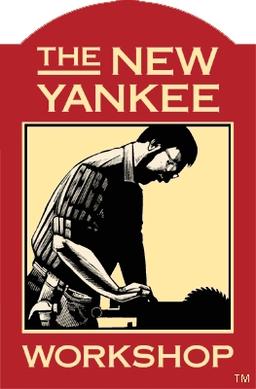

I could have said it better.
I mean compressor as half of a compression/decompression algorithm. The better way I should have worded it is: when you apply machine learning to a compression problem, you can do it lossless…your uncompressed output will be identical to the input, every time.
“NNCP” is a good search term to learn more, specifically about how this works.





Visual Studio has these issues daily.
Ten years ago VS was awesome. In the last 2 years, all they added is AI crap and every other feature got more buggy.